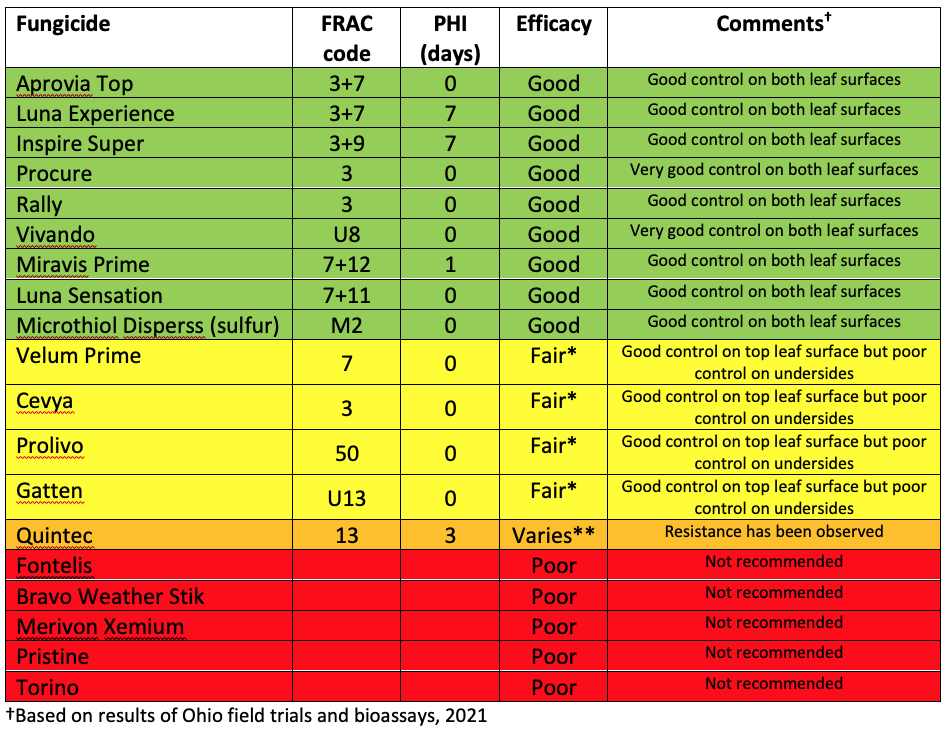The very hot temperatures and dry periods over the last month have been stressful for peppers and tomatoes, resulting in the appearance of blossom end rot. While blossom end rot, as the name implies, typically occurs on the blossom end of tomato fruits, in some cases (see figure) it occurs on the shoulder and sides of the tomato fruit. In peppers it occurs commonly on the sides of the fruit but can appear anywhere on the fruit surface.
Blossom end rot is the result of plant stress brought on by periods of dry vs moist soil. Calcium deficiency in the plant is the cause but applying calcium to the foliage won’t help. Calcium is relatively insoluble and plants under stress can’t move it to flowers and developing fruit. It is a vital component of plant cell walls and the matrix that holds the cells together. When fruits start to form without sufficient calcium the tissues soften and die. Secondary molds often colonize the dead tissue.
The disorder is especially disappointing to home gardeners, because fruits with blossom end rot are often the first to ripen but usually inedible. I don’t recommend cutting off the affected parts and consuming the rest due to the risk of mold growth and presence of potential toxins to which some people may be sensitive.
Blossom end rot becomes less problematic with more consistent soil moisture and as the plants grow and develop their root systems.
Thanks to Carri Jagger for the blossom end rot of pepper photo.



















